Green Therapy: Discover 5 Plants That Spread Positive Energy in Your Home
Plants' positive energy boosts mental health
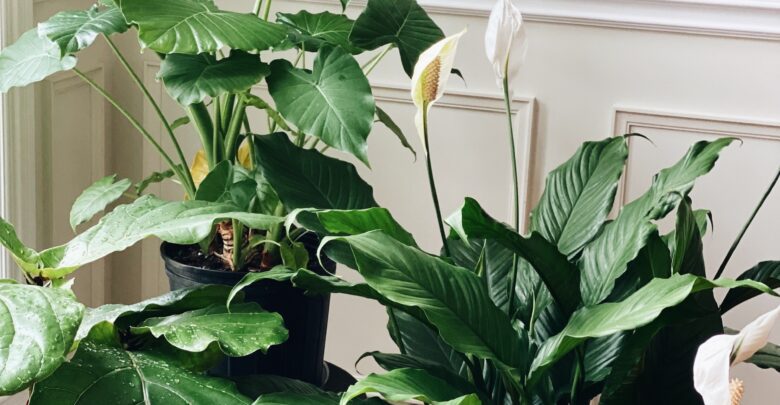
As someone who has always enjoyed spending time in nature, I have always been curious about the concept of green therapy and the positive effects plants can have on our mental health. In this article, I will be sharing with you five plants that spread positive energy in your home and how you can incorporate them into your life.
What is Green Therapy?
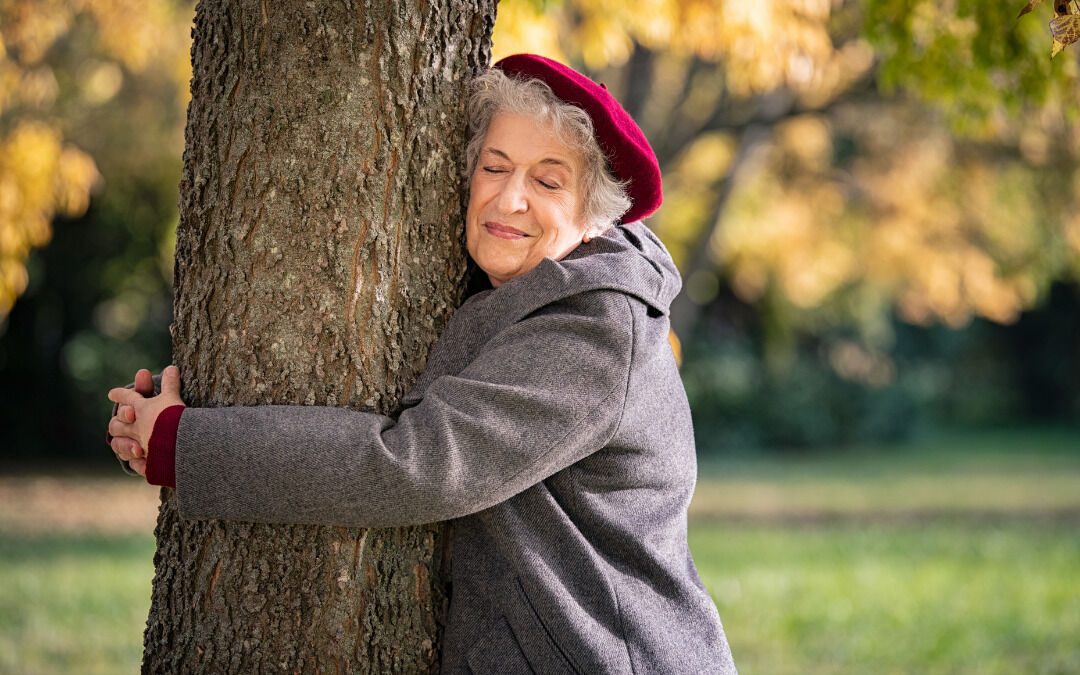
Green therapy, also known as horticultural therapy, is a form of therapy that involves engaging with plants and nature to improve one’s mental and physical well-being. It is based on the idea that nature has a positive impact on our mood and can help reduce stress, anxiety, and depression.
Studies have shown that simply being in the presence of plants can have a calming effect on our nervous system, lower our blood pressure, and even improve our memory and concentration. This is why incorporating plants into your home or workspace can be an effective way to improve your overall well-being.
Understanding Plants That Spread Positive Energy
Plants that spread positive energy are those that have a positive impact on our mental and emotional state. These plants are known for their ability to purify the air, reduce stress, and create a calming atmosphere.
The plants we will be discussing in this article have been chosen based on their ability to spread positive energy and their ease of care. They are perfect for those who are new to gardening or have limited space in their home.
The Science Behind Plants and Their Positive Effects on Mental Health
The science behind plants and their positive effects on our mental health is rooted in the concept of biophilia. Biophilia refers to the innate human desire to connect with nature and other forms of life.
When we are in the presence of plants, our brain releases hormones such as dopamine and serotonin, which are responsible for regulating our moods and emotions. Studies have shown that plants can also help reduce the levels of cortisol, the stress hormone, in our bodies.
In addition to their psychological benefits, plants also have physical benefits. They help purify the air by removing harmful toxins and pollutants, which can improve our respiratory health.
Five Plants That Spread Positive Energy
Peace Lily
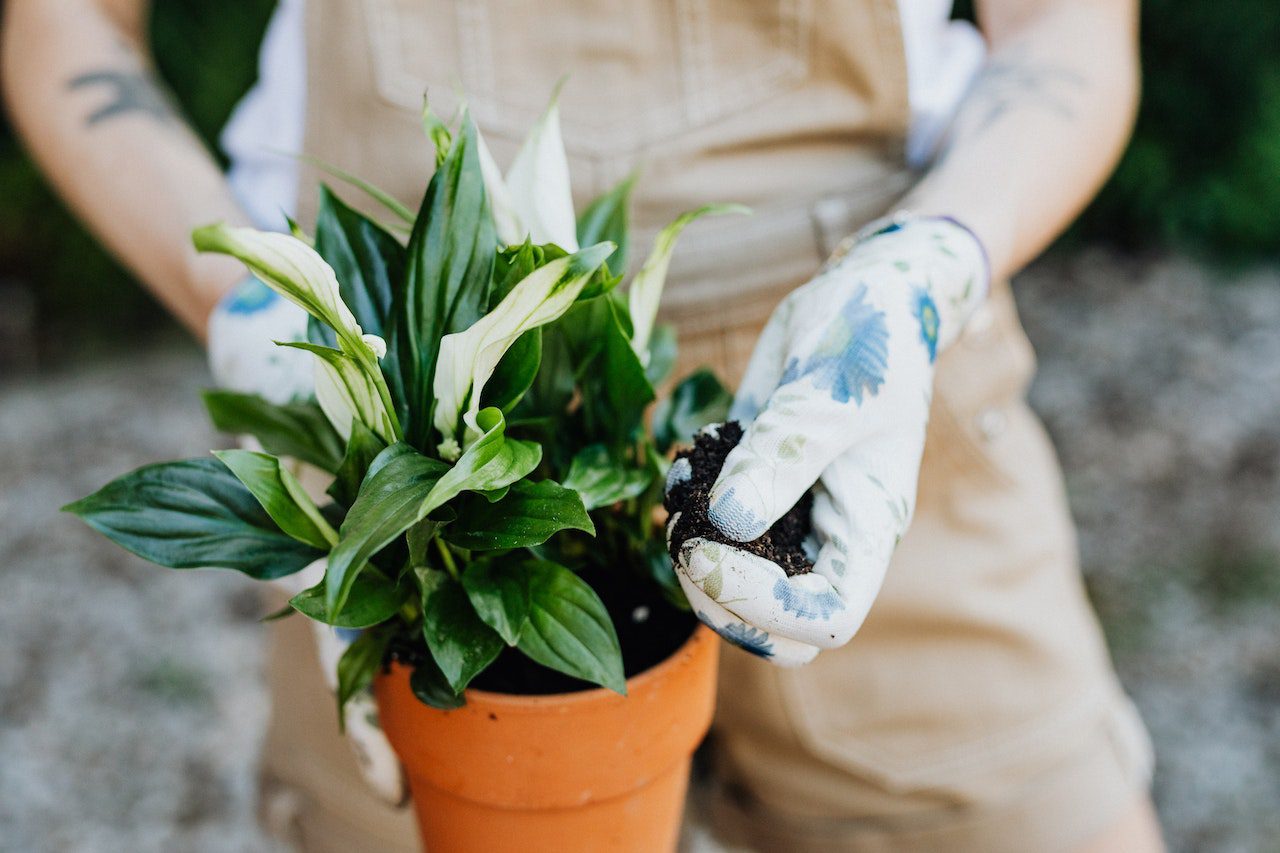
The Peace Lily is known for its ability to purify the air and remove harmful toxins such as benzene, formaldehyde, and trichloroethylene. It is also easy to care for and produces beautiful white flowers.
Aloe Vera

Aloe Vera is a succulent plant that is known for its medicinal properties. It has a soothing effect on the skin and can help reduce inflammation. It also purifies the air by removing formaldehyde and benzene.
Snake Plant
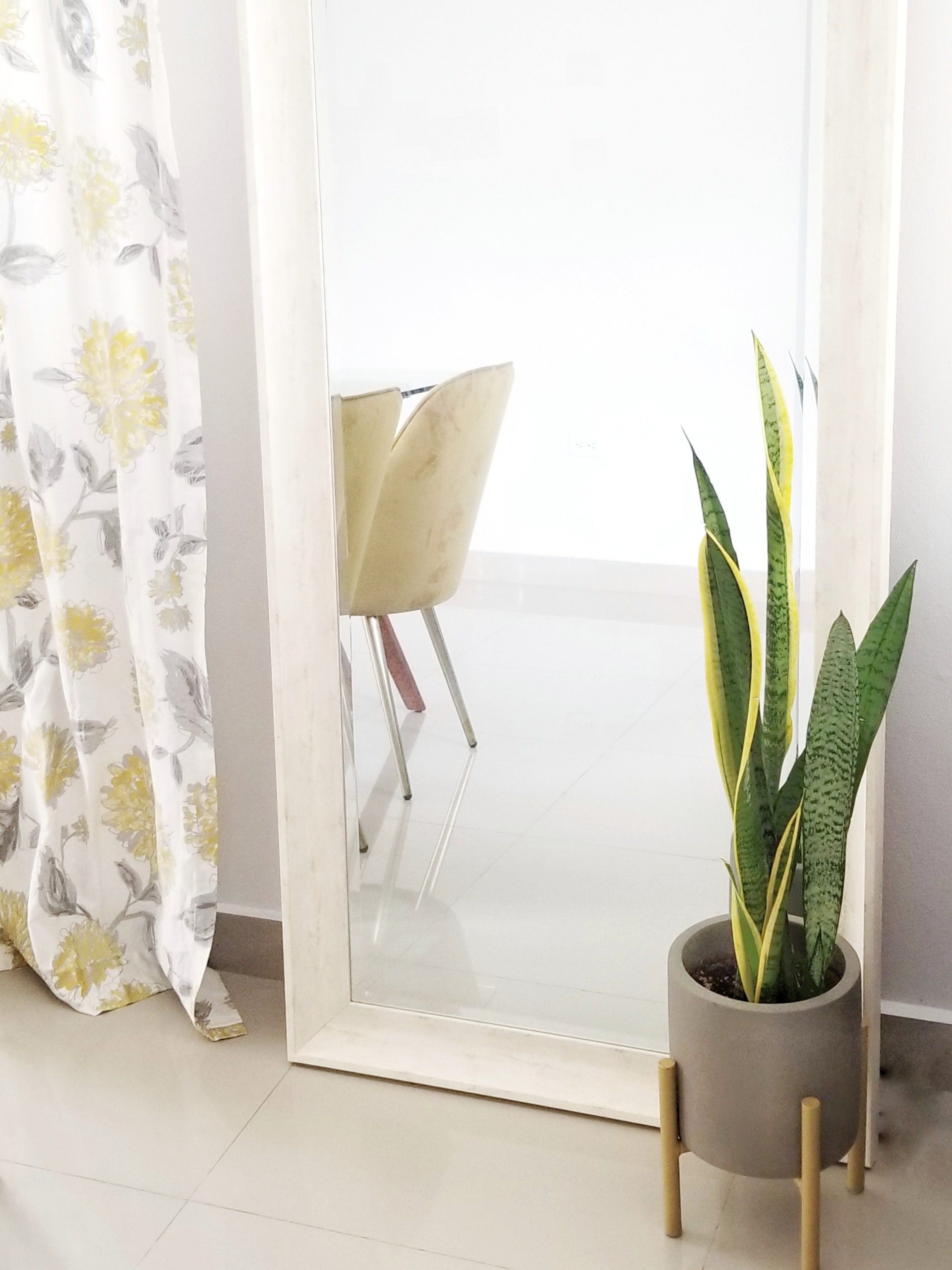
The Snake Plant is a low-maintenance plant that is known for its ability to purify the air and remove harmful toxins such as formaldehyde, trichloroethylene, and benzene. It is also known for its ability to absorb carbon dioxide and release oxygen at night, making it a perfect plant for the bedroom.
Spider Plant
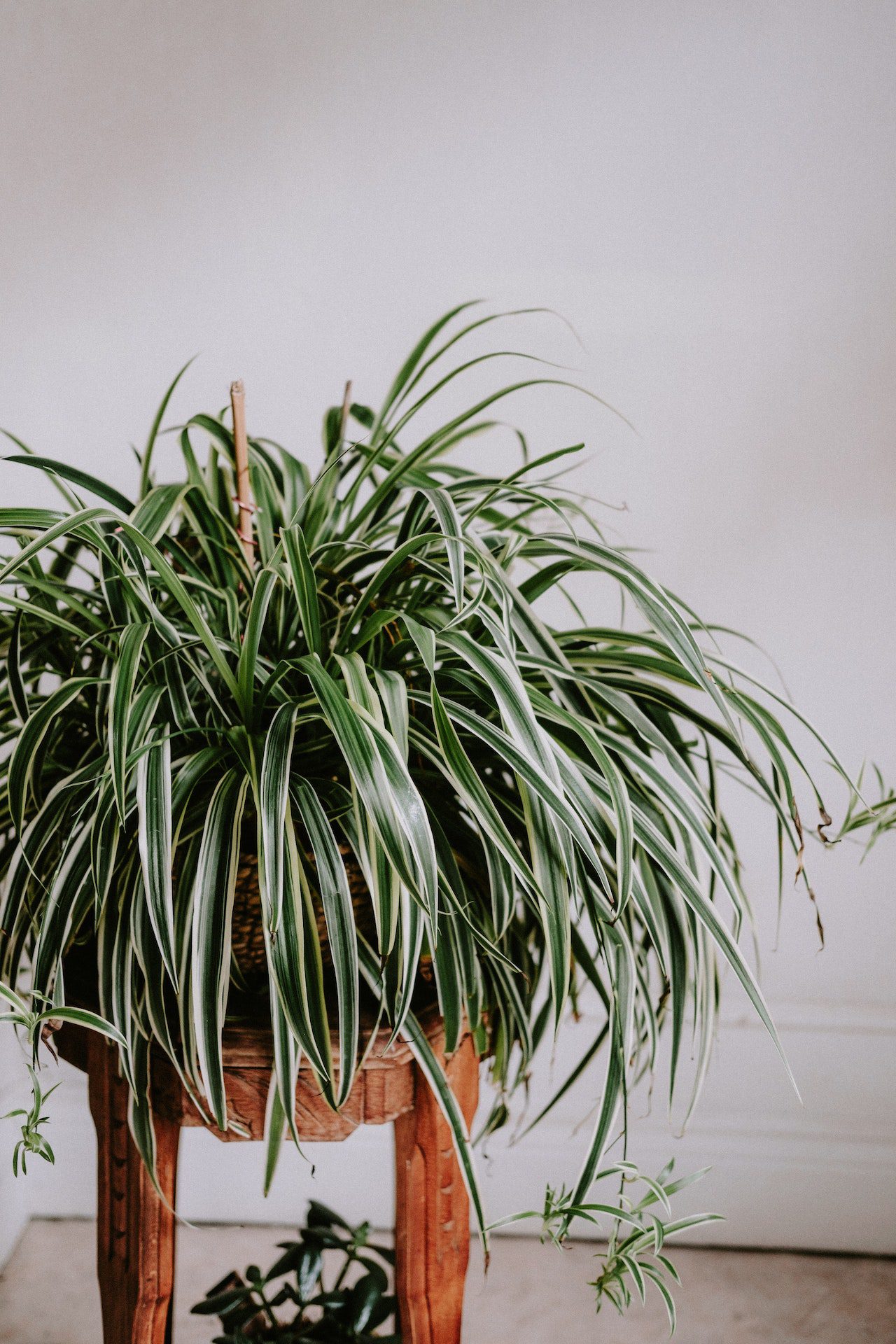
The Spider Plant is a popular indoor plant that is known for its air-purifying properties. It removes harmful toxins such as formaldehyde and xylene and is easy to care for. It also produces small white flowers, making it a beautiful addition to any home.
Lavender

Lavender is a fragrant plant that is known for its ability to reduce stress and anxiety. It has a calming effect on the nervous system and can help improve sleep quality. It also has antiseptic and anti-inflammatory properties, making it a great natural remedy for minor cuts and burns.
How to Care for These Plants and Incorporate Them into Your Home?
Each of the plants we have discussed has its own unique care requirements. However, in general, they all require bright, indirect sunlight and regular watering.
To incorporate these plants into your home, you can place them in a stylish pot or planter and display them in a prominent location. You can also create a designated area in your home for your plants, such as a shelf or a windowsill.
Other Ways to Incorporate Green Therapy into Your Life
In addition to incorporating plants into your home, there are other ways to incorporate green therapy into your life. You can take a walk in nature, practice yoga outdoors, or simply spend time sitting in a park or garden.
You can also incorporate green therapy into your self-care routine by using natural products such as essential oils, herbal teas, and natural skincare products.
Benefits of Having Plants in Your Home

In addition to their psychological and physical benefits, plants also have aesthetic benefits. They add color and life to any space and can improve the overall ambiance of a room.
Plants also have a positive impact on our productivity and creativity. Studies have shown that having plants in the workplace can improve employee morale, reduce absenteeism, and increase productivity.
Where to Buy These Plants and How to Choose the Right One for You
You can buy these plants at your local nursery or online. When choosing a plant, consider the amount of light and space you have available, as well as your lifestyle and care preferences.
If you are new to gardening, start with an easy-to-care-for plant such as the Spider Plant or the Peace Lily. These plants are forgiving and can withstand a little neglect.
In conclusion, incorporating plants into your home is an effective way to improve your mental and physical well-being. Plants that spread positive energy have a positive impact on our mood and can help reduce stress, anxiety, and depression.
By incorporating green therapy into your life, you can create a more peaceful and calming environment for yourself and those around you. So go ahead, get yourself a plant, and start reaping the benefits of green therapy today!
Don’t forget to share this article with your friends and family and let us know in the comments which plant you plan on incorporating into your home.
Green therapy plants FAQs
Q: What is green therapy?
A: Green therapy, also known as nature therapy or ecotherapy, is an approach to healing and well-being that involves connecting with nature to improve mental, emotional, and physical health. It recognizes the beneficial effects of spending time in natural environments and engaging in activities that foster a deeper connection with the natural world.
Q: What is the ecotherapy approach?
A: Ecotherapy is an approach to therapy that integrates the healing power of nature into the therapeutic process. It recognizes that our well-being is interconnected with the well-being of the Earth and aims to promote both personal and ecological health. Ecotherapy can involve various practices such as nature walks, gardening, animal-assisted therapy, wilderness therapy, and more.
Q: What are the exercises for ecotherapy?
A: Ecotherapy exercises can vary depending on individual preferences and therapeutic goals. Some common exercises include nature walks or hikes, mindfulness or meditation in natural settings, gardening or horticultural therapy, nature-based art or creative expression, outdoor physical activities like yoga or tai chi, and engaging in conservation or environmental stewardship projects.
Q: Why is green therapeutic?
A: Green therapy is considered therapeutic because it offers numerous benefits for overall well-being. Spending time in nature has been found to reduce stress, anxiety, and depression, improve mood and self-esteem, boost cognitive function, and increase feelings of calm and relaxation. The sights, sounds, and smells of nature can have a soothing and rejuvenating effect on the mind and body, helping to restore balance and promote a sense of harmony. Additionally, engaging in ecotherapy allows individuals to develop a deeper connection with the natural world, fostering a sense of belonging, purpose, and environmental stewardship.




